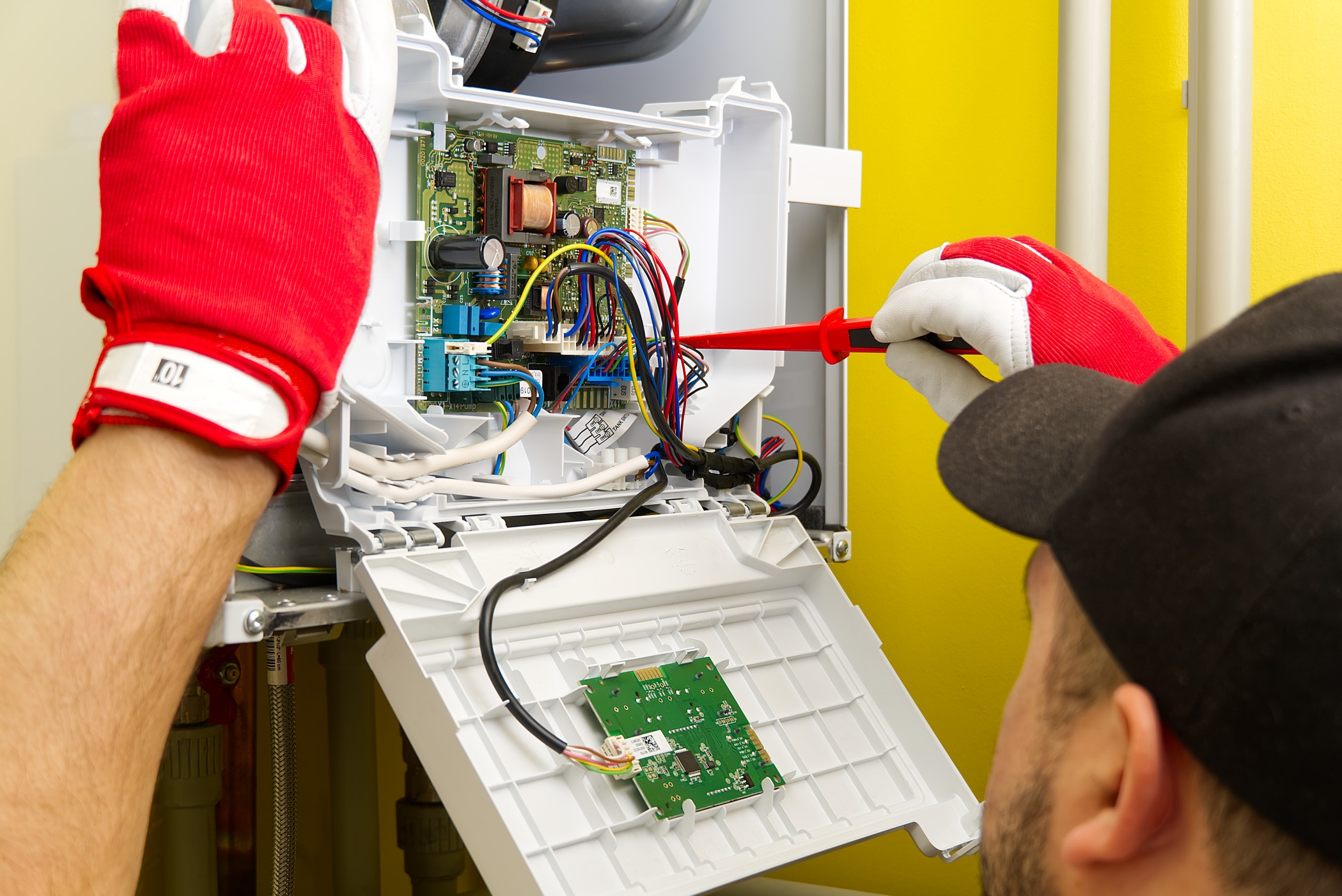When it comes to electricity, safety is the name of the game. Even if you follow all the operational recommendations for your electrical system and devices, developing an understanding of the terms used and what they mean helps you to truly comprehend why restrictions and requirements are in place. This might also stop you from cutting corners during their usage. Knowing basic electrical terms also ensures you can adequately describe any issues or requests to your electrician. You will be able to follow what they say when they are at your home diagnosing a problem. Here are a few good terms to learn and understand to get started.
Ground: This is a term that most people have a passing familiarity with, often because of the ubiquitous use of the phrase “positive to positive, negative to ground” when it comes to jump-starting car batteries. For something, like your outlet, to be ‘grounded’ in your home electrical means that the ground wire is connected to the physical ground, allowing excess energy to leave the system if needed. Many people confuse the ground wire for the neutral wire, but they play separate roles. The ground wire in an outlet is specifically designed to help dissipate voltage leakage, while the neutral wire is used actively during the electrical connections.
Circuit: All of the electricity in your home runs along a circuit, a loop of connected wires that provide power to every appliance and outlet. Multiple circuits in your home are sectioned off by areas, such as one that controls the bedroom and one that powers the kitchen. Each circuit is connected to a breaker in your electrical panel, and power can be shut off by flipping the switch.
Voltage: This is the standard measure of electricity running through a system. Most home outlets emit 120V of energy, and some even emit 240V. Put simply, voltage measures the strength of the ‘pressure’ created between the difference in potential electric energy at two different points. If your bulbs or appliances keep shorting out, call your electrician; they can test the outlet to see if there is too much power.
AC vs. DC Power: AC and DC power are both used in many aspects of daily life. The most crucial distinction is the direction of the flow of electricity. As the names suggest, Direct Current (DC) has a constant flow of energy in only one direction, while Alternating Current (AC) allows electricity to flow in both directions. Transformers can also change AC current to increase or decrease the voltage that the current is being transmitted at. AC power is better transmitted over longer distances and is the primary way electricity powers your home. Anything in your house that works off of a battery, such as a laptop or a computer, relies on DC, as batteries can only store DC currents that flow in a single direction.
Electrical Panels and Circuit Breakers: Your electrical panel (typically found in the garage) is the hub of your home’s electrical system. Inside the panel will be many switches, the circuit breakers. These switches will be labeled to tell you which area of the house they control. If your electricity goes out, checking the circuit breakers for a ‘trip’ is an excellent first step. A tripped circuit breaker will be in a different position than the others. Check your appliances before flipping the breaker back on if you aren’t sure what caused the trip. If the breaker trips again, call an electrician to check your wiring.
These basic electrical terms are just a start, but electrical work can be complex and dangerous. Call the experts at Promise Electric today if you have any electrical projects that need attention.



